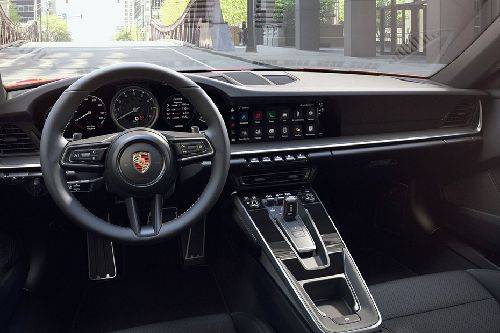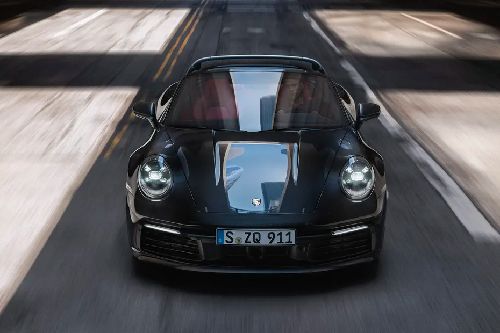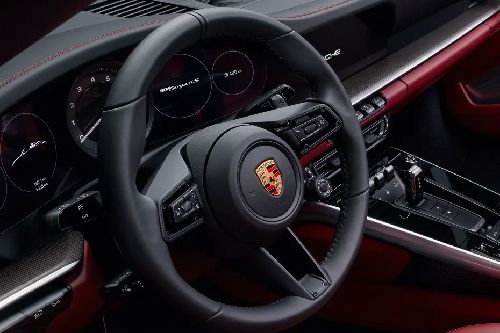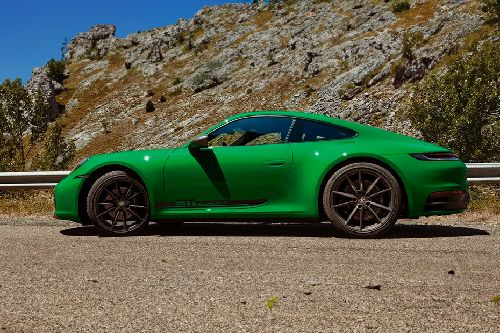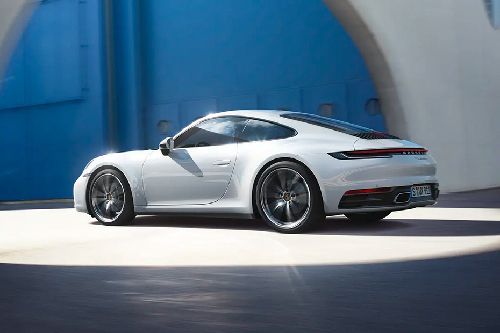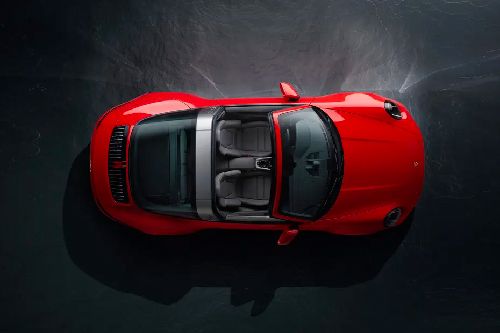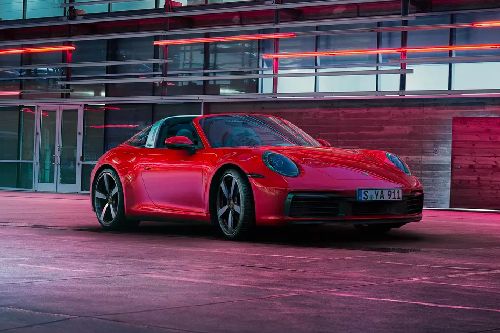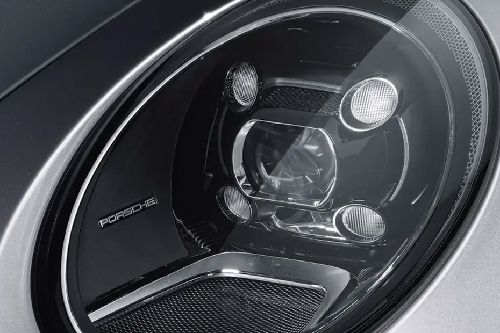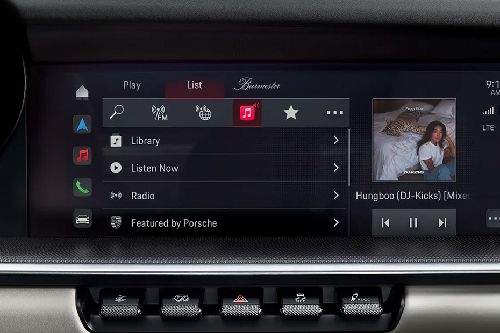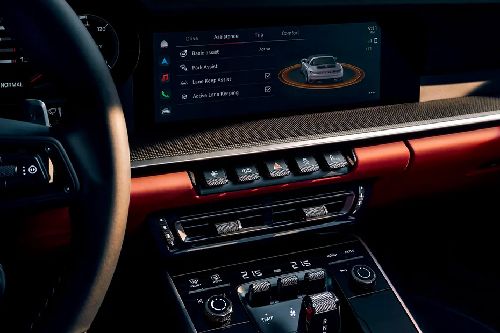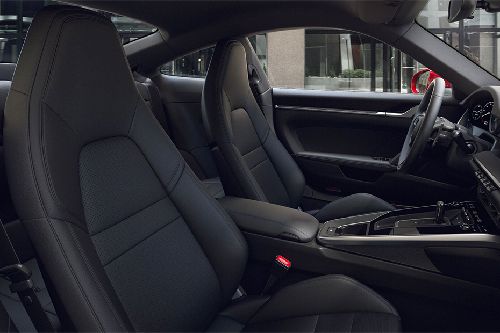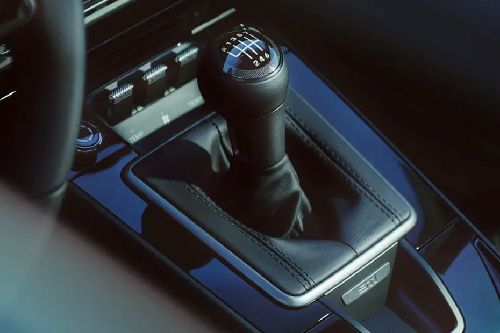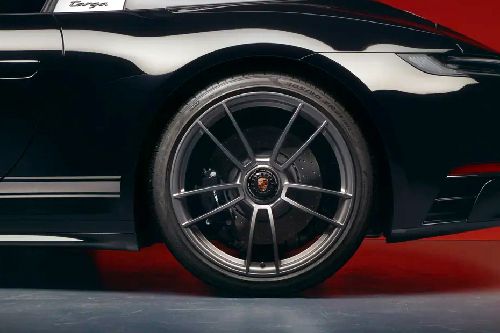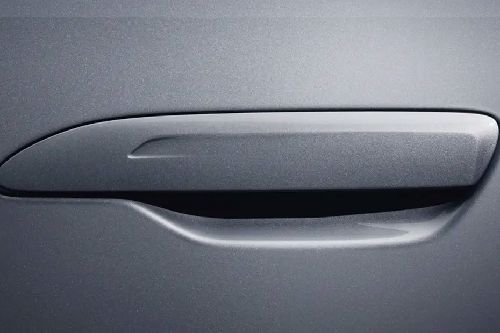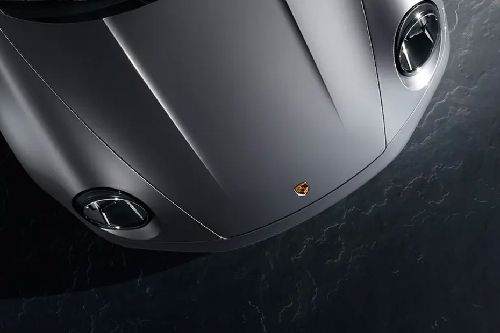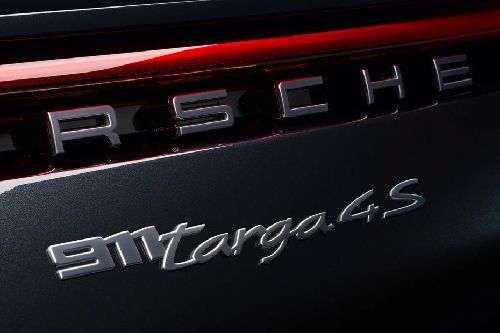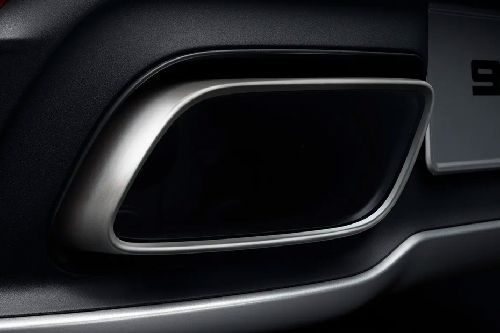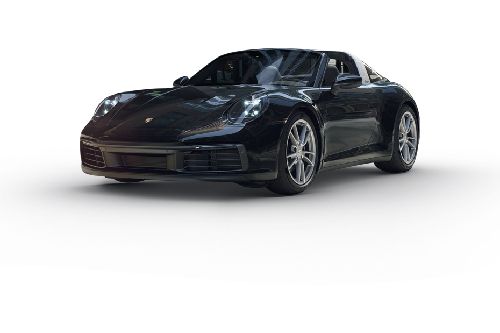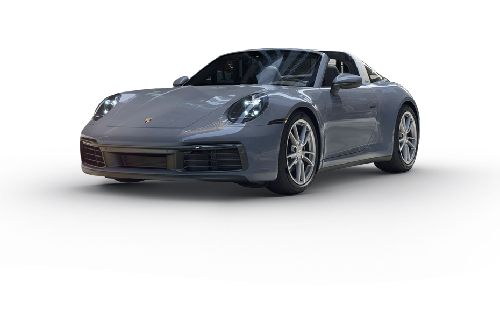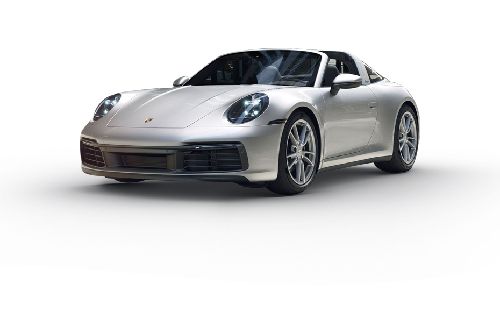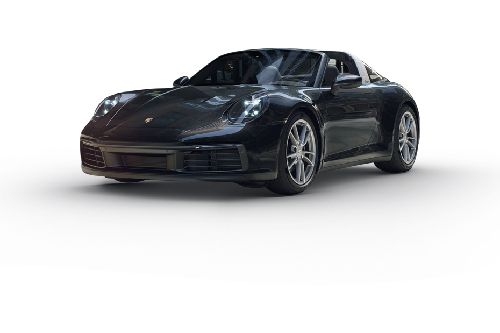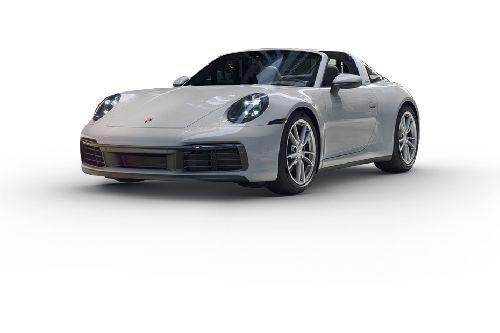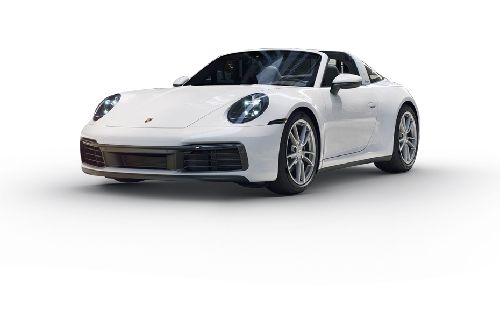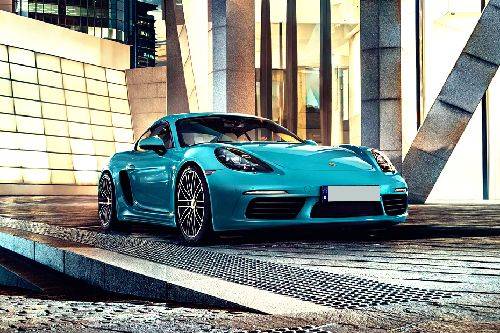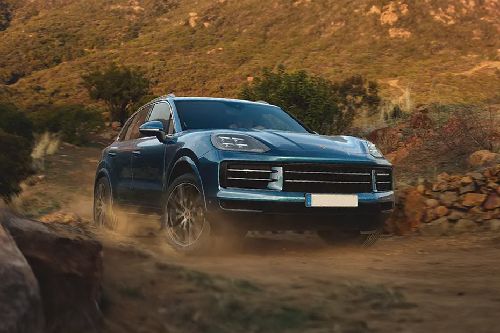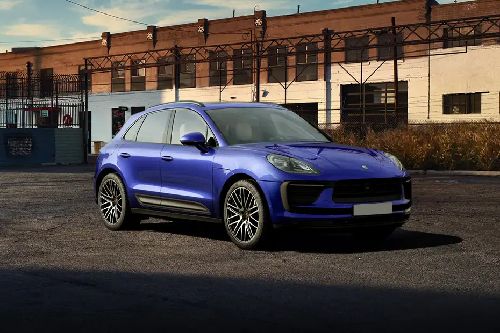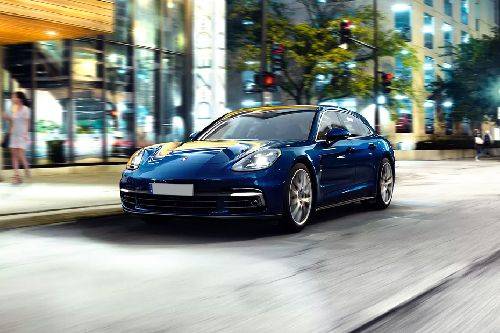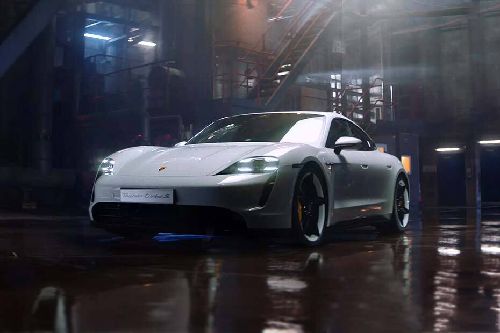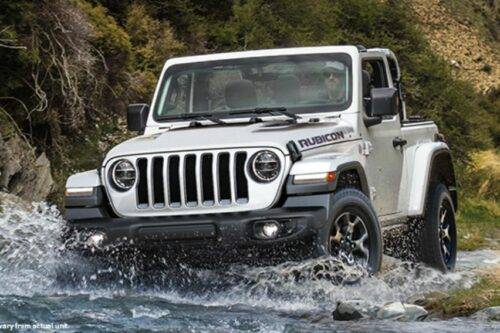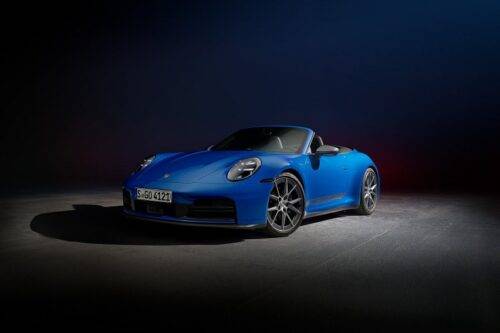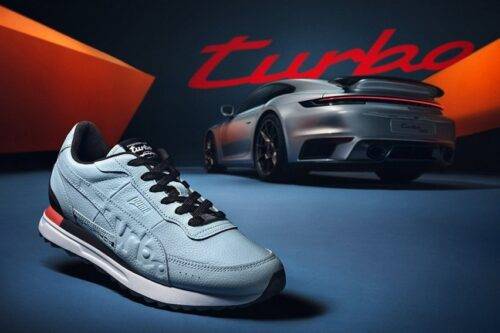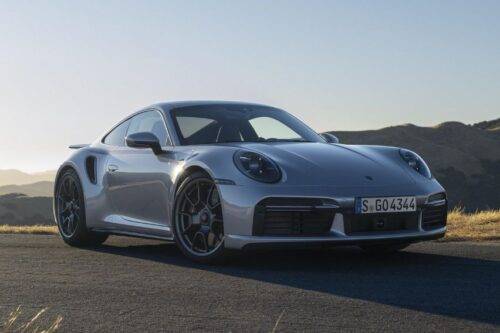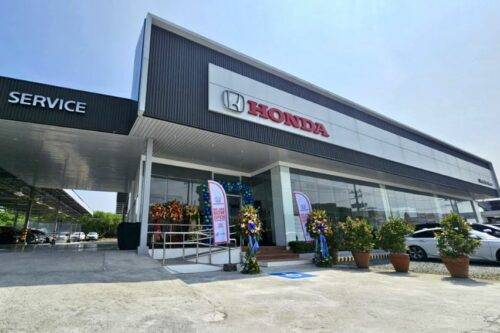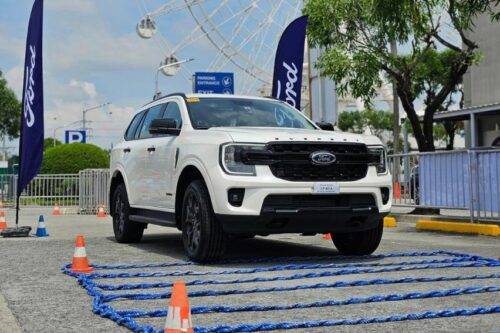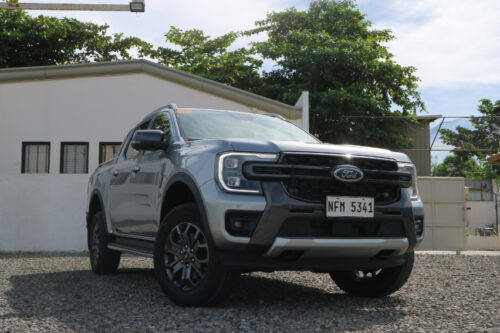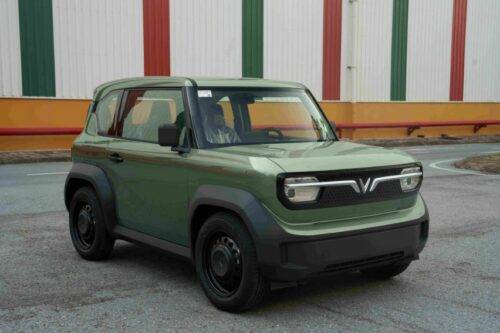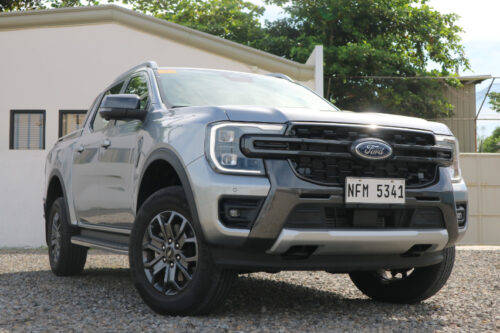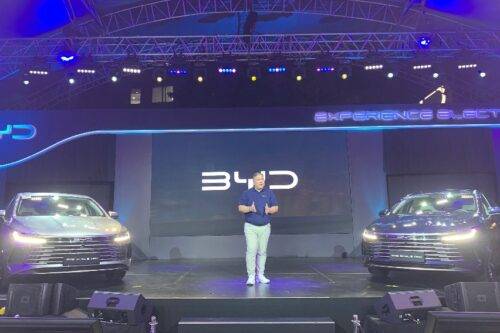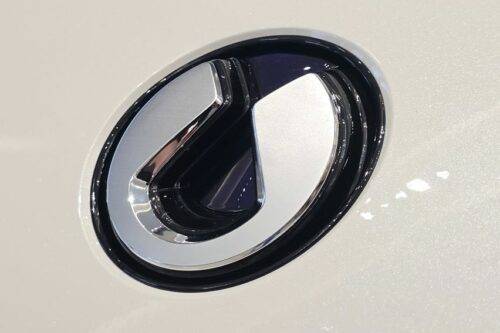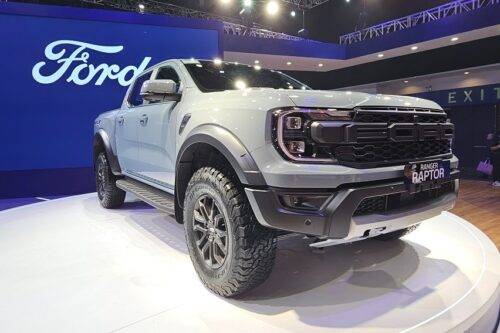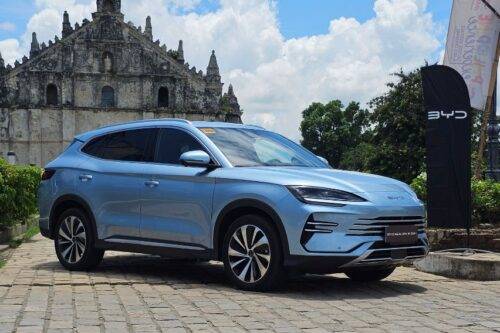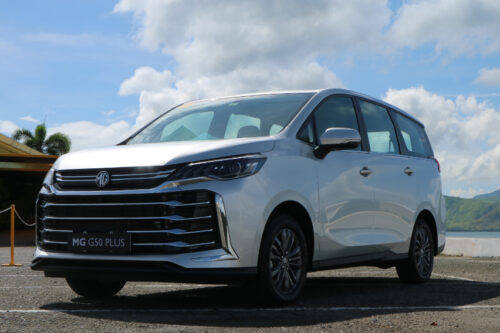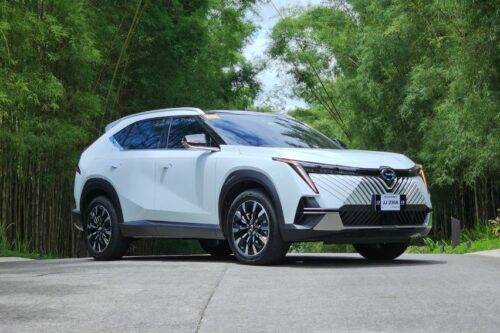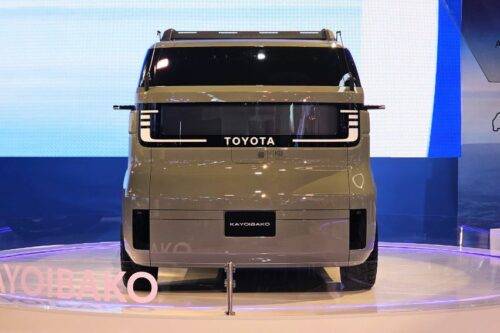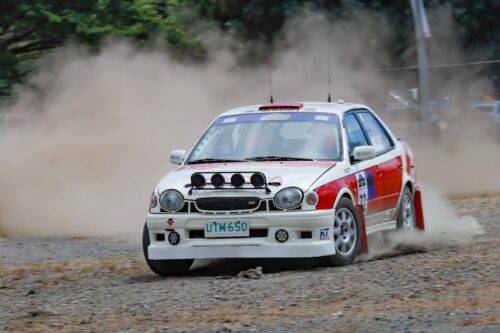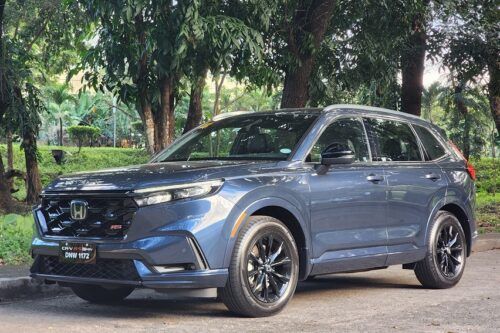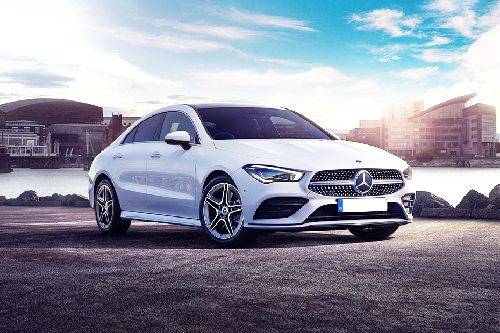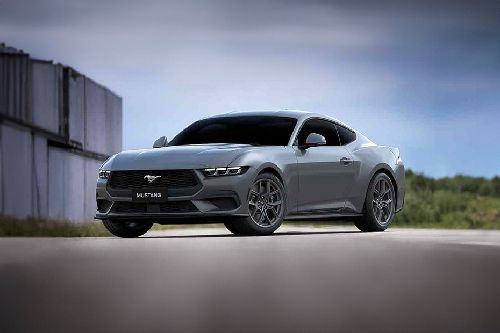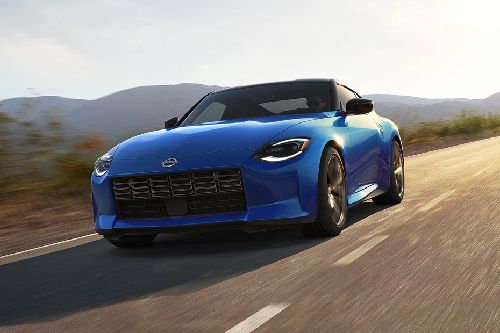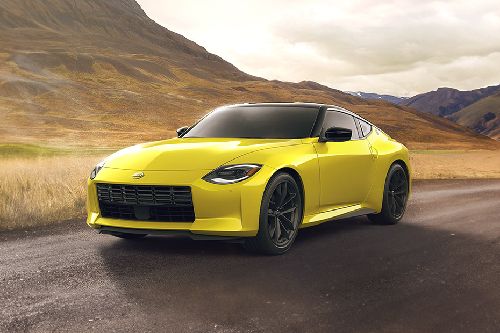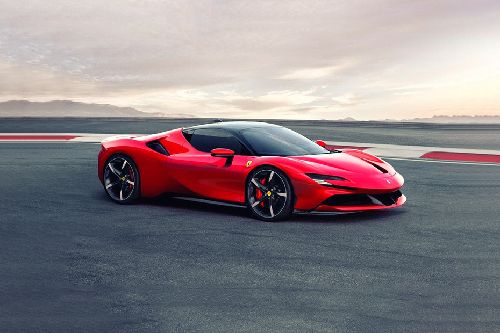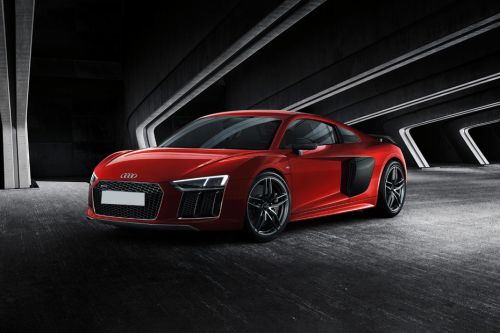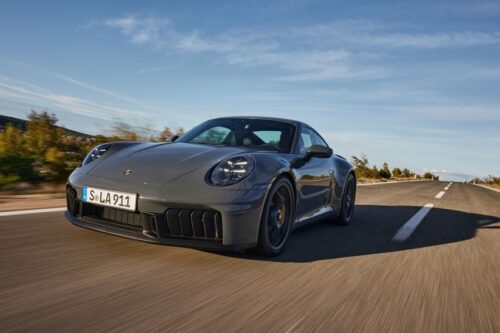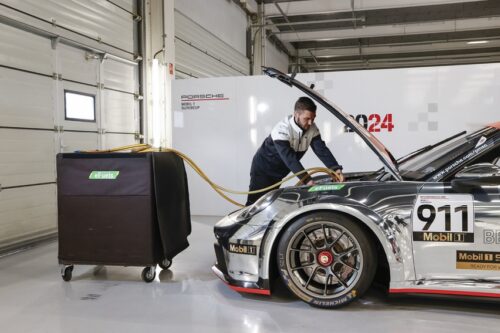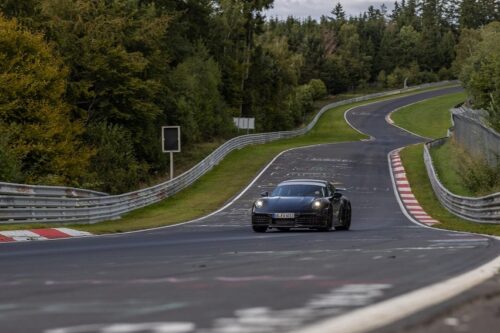Porsche 911 climbs the slopes of world's highest volcano
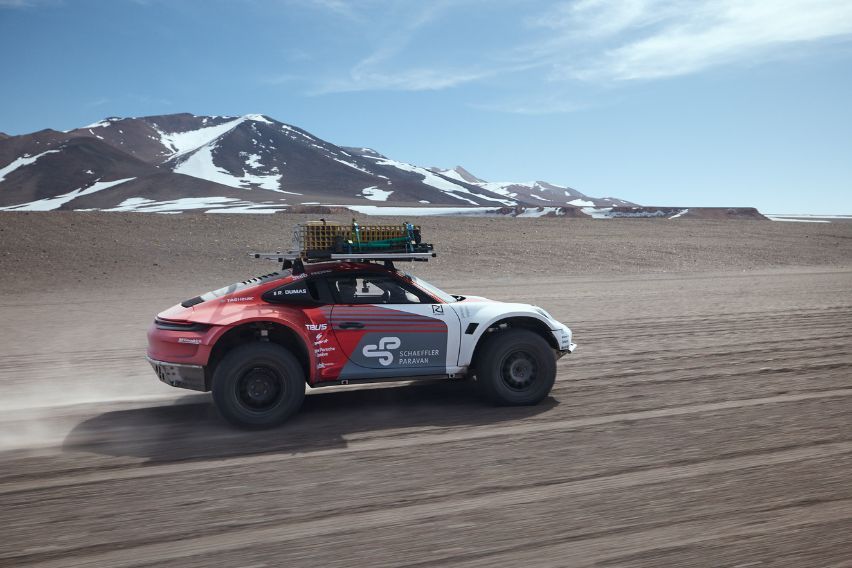
MANILA: The Porsche 911 has been pushed to its limits on the track and on the open road for almost 60 years. Now, a new story is being written as a unique pair of experimental 911 sports cars are being tested in a setting where there are no roads, the air is thin, and the temperature is extremely low.
KEY TAKEAWAYS
What powered the Porsche 911 units that tackled the slopes of Ojos del Salado?
The Porsche 911 units were powered by a factory-standard flat-six turbocharged engine that produces 443 horsepower under normal driving circumstances.What modifications were made to the Porsche 911 units to meet the demands of the trip?
To ensure that the two cars would meet the necessary safety standards for such a project, roll cages, carbon fiber seats, and harnesses were first installed. The addition of portal axles increased ground clearance to 350mm. In order to allow sliding over rocks, the cars also include a particularly lightweight but incredibly durable underbody protection made of Aramid fiber.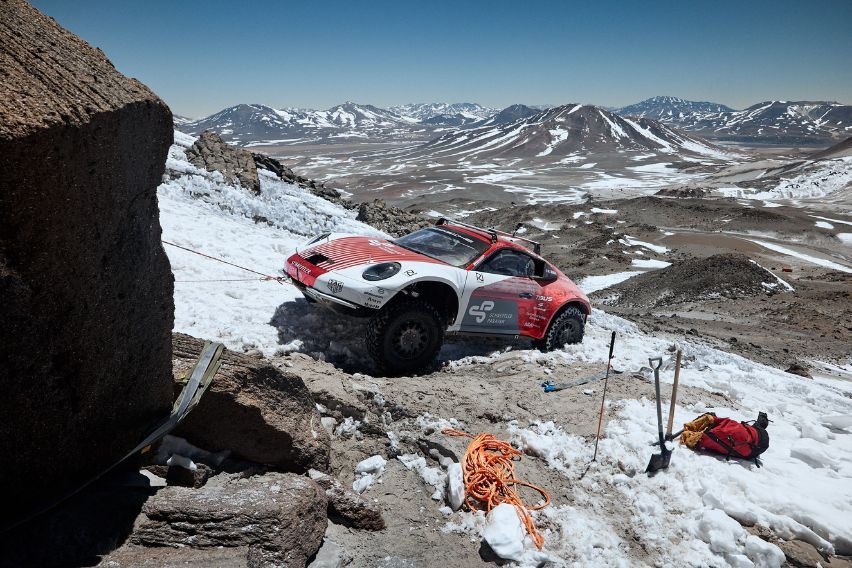
A team headed by endurance racer and adventurer Romain Dumas has chosen one of the most difficult locations on earth to start their quest to test the 911's capabilities: the sheer slopes of the highest volcano in the world, Ojos del Salado in Chile.
The team and the cars have completed their first test. The 911 became one of the very few vehicles of any kind to reach such a high altitude.
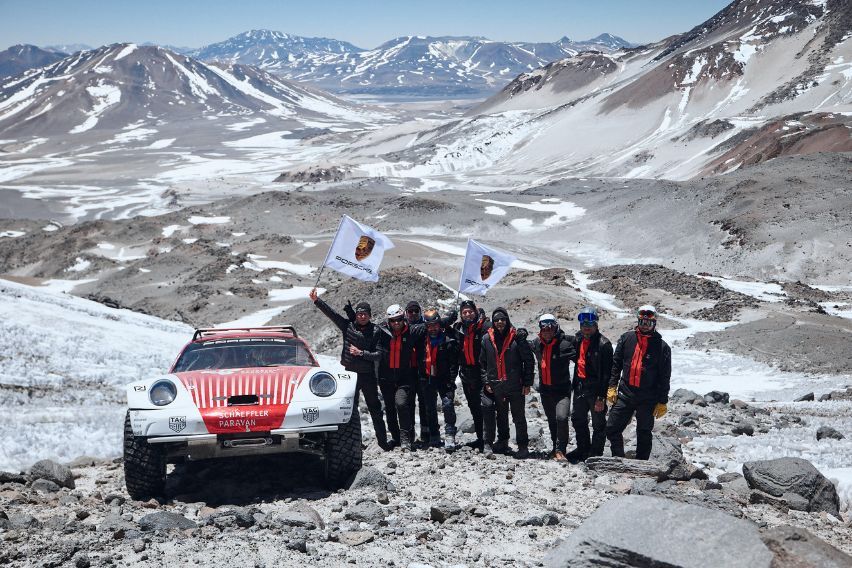
The 911 traveled up to 19,708 feet with Dumas at the wheel, tackling more difficult gradients and ice fields that put the team's skills to the test in conditions that were 30 degrees Celsius below freezing with only half as much oxygen in the air as at sea level. The test's upper limits, impassable walls of seasonal snow and ice high up near the summit, gave a fascinating glimpse of what the cars are capable of under the right circumstances.
“This was a truly memorable and special moment in a place that’s both beautiful and brutal at the same time – I guess the only machines anywhere in the world higher than us today were aircraft! For the team and the car it was about learning – and right out of the box, the car was tough and nimble. We were hard on ourselves and really put it in the deep end for its first test, yet it felt at home,” Dumas stated. “We have enormous respect for those who have gone higher. No one has seen so much ice and snow up towards the top of the volcano, but despite this we went over 6,000 meters up, to the point where the walls of ice and snow meant we could go no further. We’re really proud of what the car and the team are capable of first time out – hopefully we can count on many more adventures in the future.”

The project was given by Porsche AG Vice President for Complete Vehicle Architecture and Characteristics Frank-Steffen Walliser to Porsche 911 Chief Engineer Michael Rosler.
“It’s been magical to build a 911 like the world has never seen before – made possible by a small team of engineering enthusiasts. The 911 has already been proven on the track and, of course, on the road. With this project, we‘re shifting the focus to where there are no roads. Testing our theories means finding the harshest possible environments to see if they work – and on the highest volcano in the world, we succeeded,” Rosler said.
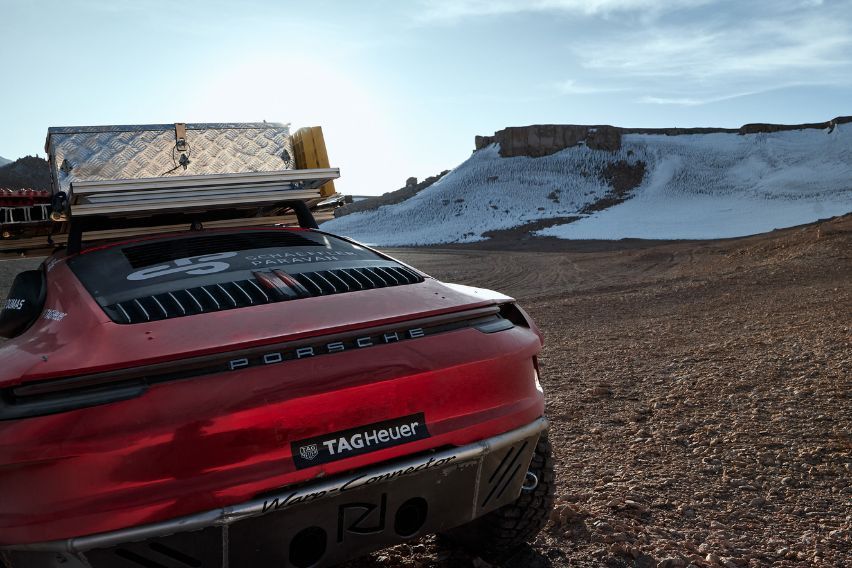
Each car is based on a 911 (Type 992) Carrera 4S with a factory-standard flat-six turbocharged engine that produces 443 horsepower under normal driving circumstances. The engine is mated to the original seven-speed manual transmission. The 911's combination of a sturdy yet lightweight chassis, short wheelbase, sufficient power, and ability to handle extremely high altitudes made it a great foundation. When designing it for the specific requirements of the mountain, the engineers at Porsche's research and development center in Weissach, Germany, closely collaborating with Romain Dumas Motorsport, let their creative ideas go wild.
To ensure that the two cars would meet the necessary safety standards for such a project, roll cages, carbon fiber seats, and harnesses were first installed. The addition of portal axles increased ground clearance to 350mm. New, lower gear ratios are better suited for large, newly installed off-road tires and allow for accurate, soft throttle inputs at low speeds. In order to allow sliding over rocks, the cars also include a particularly lightweight but incredibly durable underbody protection made of Aramid fiber.
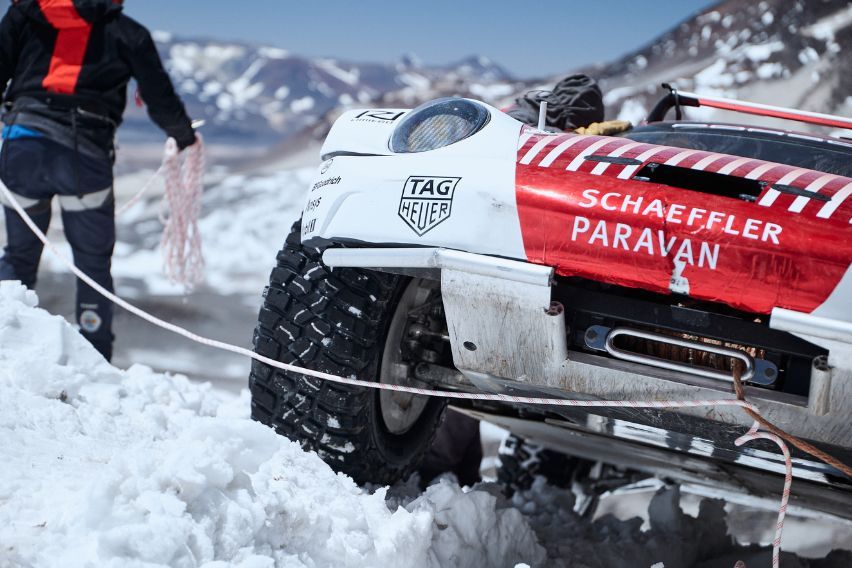
The Porsche Warp-Connecter was a new addition. It was initially created for use in motorsport applications, and it creates a mechanical link between all four wheels to maintain a constant wheel load even when the chassis is subjected to high movement, enhancing traction. A advanced steer-by-wire technology was used in conjunction with manual, switchable differential locks. To make room for the 310mm wide off-road wheels and tires, a winch was put to the front of the car along with modified bodywork. For the car to safely navigate more difficult off-road portions, the cooling system also needed to be raised.
“Over 30 years ago, a team of Porsche engineers fitted four wheel drive to a 911 to explore ‘what if?’ – and I’m proud that this natural curiosity and drive amongst engineers to explore the limits, to test new ideas and above all to inspire, is alive and well,” Walliser stated. “Projects like this one are vital to who we are at Porsche. As they began their journey, the team literally aimed sky high – the first of what I hope will be many adventures.”
Photos from Porsche
Also read: Porsche 718 Boxster and Cayman get Style Edition variants
Sell your car at the best price
 Verified and genuine buyers
Verified and genuine buyers
-
Explore Porsche 911
Porsche Car Models
Don't Miss
Porsche 911 Promos, DP & Monthly Installment
PIMS 2024
- Latest
- Popular
You might also be interested in
- News
- Featured Stories
- Latest
- Popular
Latest Porsche 911 Car Videos on Zigwheels

Compare & Recommended
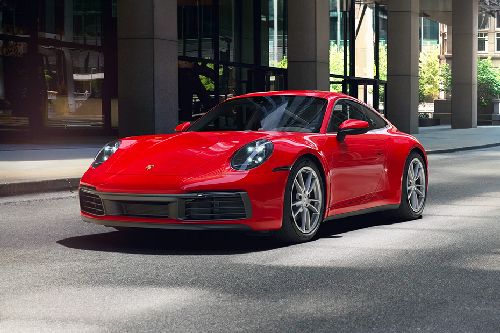
|
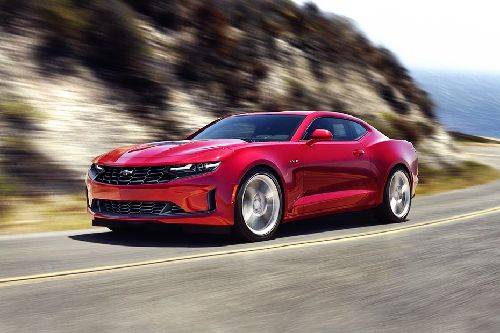
|

|
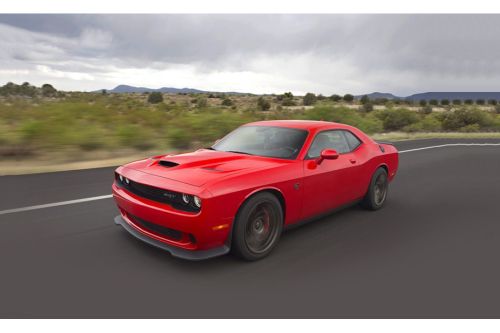
|

|
|
Engine
3.0L Gasoline Engine, 6 Cylinder 24 Valve
|
2.0L Gasoline Engine, In-Line 4 Cylinder 16 Valve DOHC
|
3.5L Gasoline Engine, 6 Cylinder 24 Valve
|
6.4L Gasoline Engine, 8 Cylinder 32 Valve
|
3.0L Gasoline Engine, In-Line 6 Cylinder 24 Valve
|
|
Alloy Wheels
Yes
|
Yes
|
Yes
|
Yes
|
Yes
|
|
Engine Start/Stop Button
Yes
|
Yes
|
Yes
|
Yes
|
Yes
|
|
Headlamp Type
LED
|
LED
|
LED
|
LED
|
LED
|
|
Brake Assist
Yes
|
Yes
|
Yes
|
Yes
|
Yes
|
|
Ebd
Yes
|
Yes
|
Yes
|
Yes
|
Yes
|
|
Side Airbag-Front
Yes
|
Yes
|
Yes
|
Yes
|
Yes
|
|
Rear Camera
Yes
|
Yes
|
Yes
|
Yes
|
Yes
|
|
Air Quality Control
-
|
-
|
Yes
|
-
|
-
|
|
Navigation System
-
|
-
|
Yes
|
Yes
|
Yes
|
|
|
Trending Coupe
- Latest
- Upcoming
- Popular
Porsche 911 Car Articles From Carmudi
- journal


